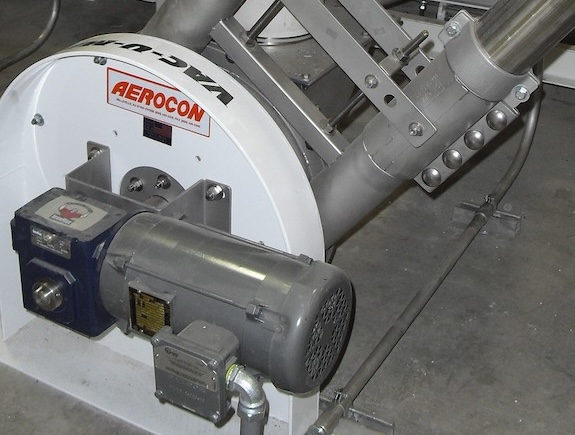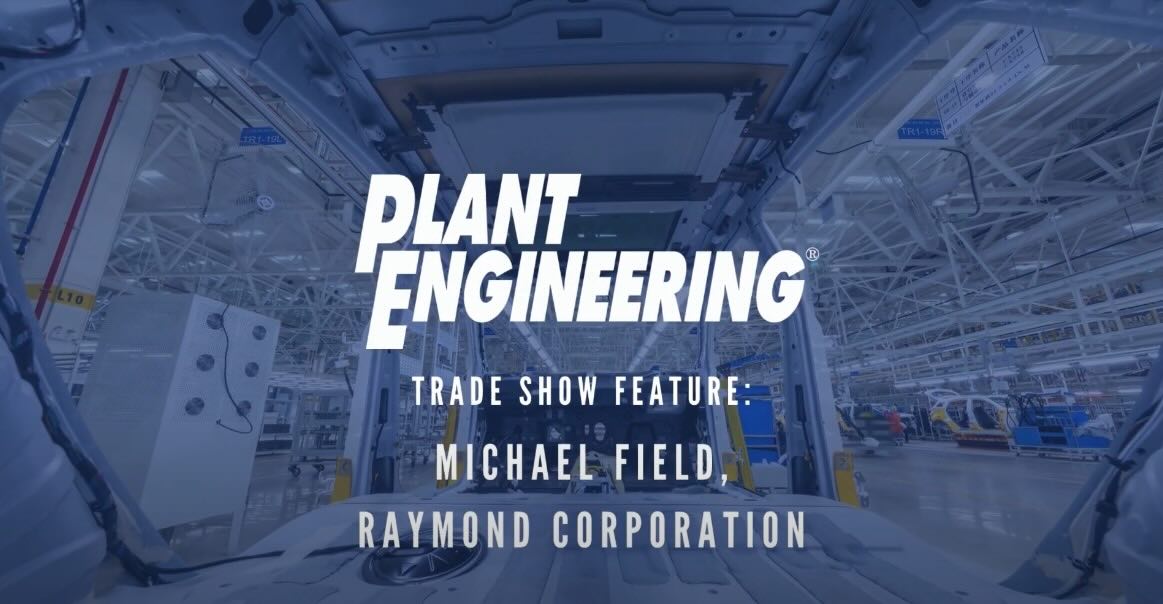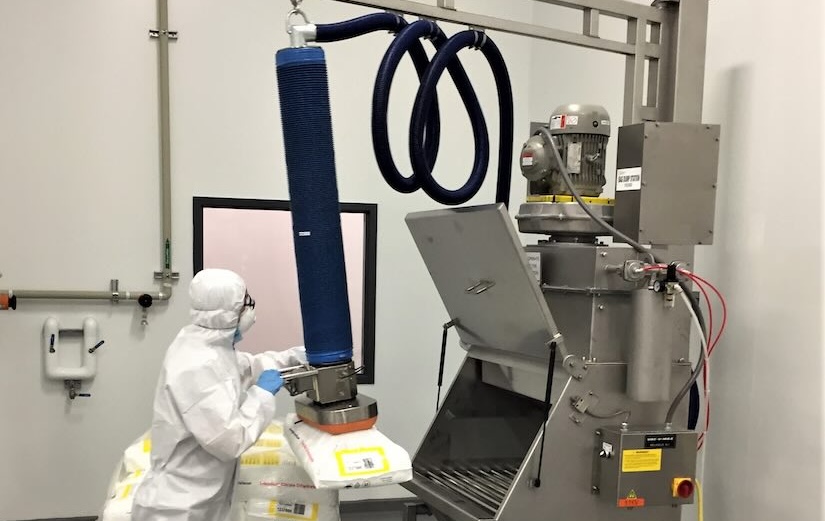Furnace energy improvements for the metal casting and heat treating industries
Many industrial processes rely on process furnaces and ovens. Distinctions between industrial furnaces and ovens can be somewhat variable between industries and manufacturers. All are heated enclosures that perform a process function. Typically, ovens operate at temperatures below 800° to 1000°F and furnaces operate above this level. Functions of furnaces include metallurgical heat treatment, mold-making, surface coat treatment, as a heat source for petrochemical processes, and many others.
Conveyor Furnaces Have Savings Potential
Of particular interest today are conveyor-type natural gas-fired furnaces in the metallurgical and castings industries. These typically use an insulated enclosure with doors and a mechanical system for moving work through the heated area. The enclosure is insulated with a cast or brick refractory, or with a ceramic fiber material. Often the insulation is a combination of these materials, with ceramic fiber normally used on the walls and roof.
Furnaces typically have multiple burners, which can either heat the furnace atmosphere directly or through a network of radiant tubes. Increasingly, furnaces have sophisticated digital controls for temperature management, process control, and for assurance of safety through flame detection and stabilization.
Various Methods for Moving Work
Pusher furnaces for casting processes or heat treatment slide work through the treatment area on racks or in baskets. Other conveyor furnaces use rollers or rotary beds to achieve the same purpose. Various steps can be taken to improve or replace older furnaces to improve energy efficiency as well as increase process speed.
Armil C.F.S. has designed manufactured, installed and repaired ovens, kilns and furnaces for over 40 years. Their products include investment casting pusher furnaces, roller hearth furnaces, box ovens and many other furnace and oven designs. The company was a recent presenter at a Technology and Market Assessment Forum sponsored by the Energy Solutions Center. According to spokesman Tom Krowl, the company emphasizes its custom design capabilities and uses its wide experience to maximize operating efficiency.
Furnace Heat Recuperation for Significant Energy Reduction
Krowl indicates that owners achieve major energy savings through the use of recuperation in furnace designs. For example, in a pusher furnace this involves extracting much of the heat from furnace burner exhaust and from cooling products to preheat incoming products or combustion air. In the investment casting mold-making process, molds undergo a wax burnout step in the pusher furnace and the lost wax provides some or all of the furnace fuel. He notes, “Recuperation can provide energy cost reductions of up to 40% for a furnace operating at 2000°F with 6% oxygen. This also results in lower furnace emissions since you are using less fuel.”
Krowl points out that many of the newer furnace designs include recuperation. In addition, Krowl says, “Most all furnaces can have recuperation added, as long as there is space in the manufacturing area. A crossflow recuperator is normally only 2’ X 2’ X 4’ in size. However, hot combustion air piping must be routed from each burner.”
Increasing Throughput for Lower Unit Energy Costs
Beyond pusher furnaces that benefit from recuperation, a selection of other furnace types can be beneficial because they provide increased production volume. Krowl notes that roller hearth or rotary hearth furnaces, which are widely used in the metallurgical industries, are not necessarily more fuel-efficient than multiple batch furnaces. However, he points out, “These types of continuous furnaces have an advantage in reduced material handling and labor requirements.” Thus they can handle more product in a given time period, and are more energy-efficient on a product throughput basis.
Russ Chapman from Firebridge Inc., a furnace design and engineering firm, agrees on the potential savings from the use of recuperation on certain process furnaces. He notes, “Recuperators are generally restricted to about 1800° F flue gas temperatures, though our company is working on a 2200° F design.” Chapman points out that potential savings depend on the operating temperature of the furnace. “In general the recuperator efficiency is around 50%, which means that about half of the exhaust heat is being recovered.” This would be a 20% efficiency gain in a 1200° furnace and almost 40% in a furnace operating at 1800° F.
Higher Temperatures Have Most Potential
Chapman adds, “Obviously if you are using less fuel, you’re emitting less CO2 , but for every two degrees of preheat on the combustion air, you get a one degree increase in flame temperature and hotter flames produce more NOx. Fortunately, since the overall quantity of emissions is reduced, the amount of NOx has an overall reduction, so the short answer is that all emissions go down.”
Chapman feels that the idea of adding recuperation to existing furnaces is pretty well accepted, but it does come at a cost. “Burner ratio controls have to be upgraded to compensate for the variation in oxygen content in the air. Also, ductwork has to be insulated.
Often the configurations and the size of the burners and exhausts from the furnace make it too expensive. That being said, if the unit is large enough and hot enough, it is a very good alternative.” He adds “If a recuperation conversion is practical, the payback might be 18 to 36 months, or possibly somewhat longer with the unusually low price of natural gas today.”
Insulation to Reduce Energy Losses
In addition to recuperation, Chapman indicates that today’s new furnaces can be improved in efficiency through better insulation and refractory materials. “Today we have fiber-type insulation products that have less than 1% shrinkage at 2500°F. They last much longer and insulate better [than older products].” In addition, he points out that there are hard refractories that provide extended life and better insulating value per inch of insulation.”
He also explains that there are regenerative burner options that have a place at the higher temperatures in improving furnace efficiency. “Often big gains are made by looking at the whole process and integrating heat sources with heat sinks elsewhere in the process or plant.” Further, large batch heat-treat furnaces are being designed that have improved (shorter) cycle times, better temperature uniformity and about 30+% energy savings at homogenizing temperatures and 40%+ at hardening temperatures.
Furnace temperature management is more important than ever. In some industrial applications, it may not be necessary to maintain high temperatures throughout the entire cycle. Temperatures can sometimes be reduced without a penalty in process time or handling. Today’s sophisticated burner control and temperature sensors make it possible to optimize furnace temperature throughout the process.
Take Initiative in Finding Savings
Additional information on improving furnace process efficiency is available on the DOE website, and from the various furnace manufacturers. Many furnaces in industrial use today that have not been recently upgraded are operating at less than optimum efficiency, and would benefit from a professional review, with a view to upgrading or replacement.
The Energy Solutions Center is a non-profit organization comprised of 50 energy utilities that work together to bring new, energy efficient, natural gas solutions to commercial and industrial energy users.
Energy Solutions Center websites
aircompressor.org
cleanboiler.org
foodtechinfo.com
gasairconditioning.org
naturalgasefficiency.org
poweronsite.org



